29 July 2025
|
The 1960s saw a dramatic change in the stamp world, that ultimately changed the industry forever.
Commemorative sets appeared far more often and stamps full of colour burst onto the scene. Here are the top five stamp sets that made headlines because of their changes.
1 Britian’s First two colour special
In 1960, a stamp for the first anniversary of the European Postal and Telecommunications Conference (EUROPA) was released. This was the first time Britain printed a set in two colours since the reign of King Edward VII in 1902. The printers also produced the first photogravure stamps in more than one colour. Single colour special issues would now be unusual.
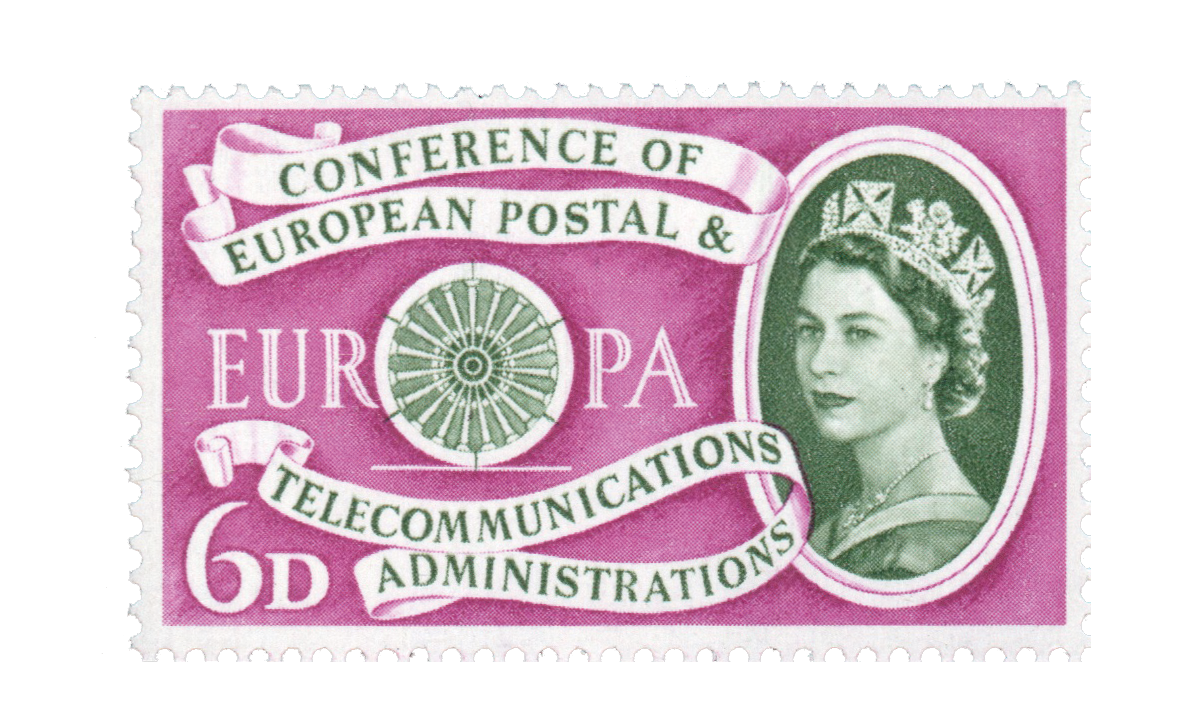
2 EFTA Set
In 1967, the printer would match every colour used by the stamp designer with a separate ink. The printers passed the sheets through the presses individually for each colour used. Not surprising that instances of colours omitted became quite common.
This happened a lot with the EFTA set as it was printed in nine different colours! Something never attempted before within the stamping world.
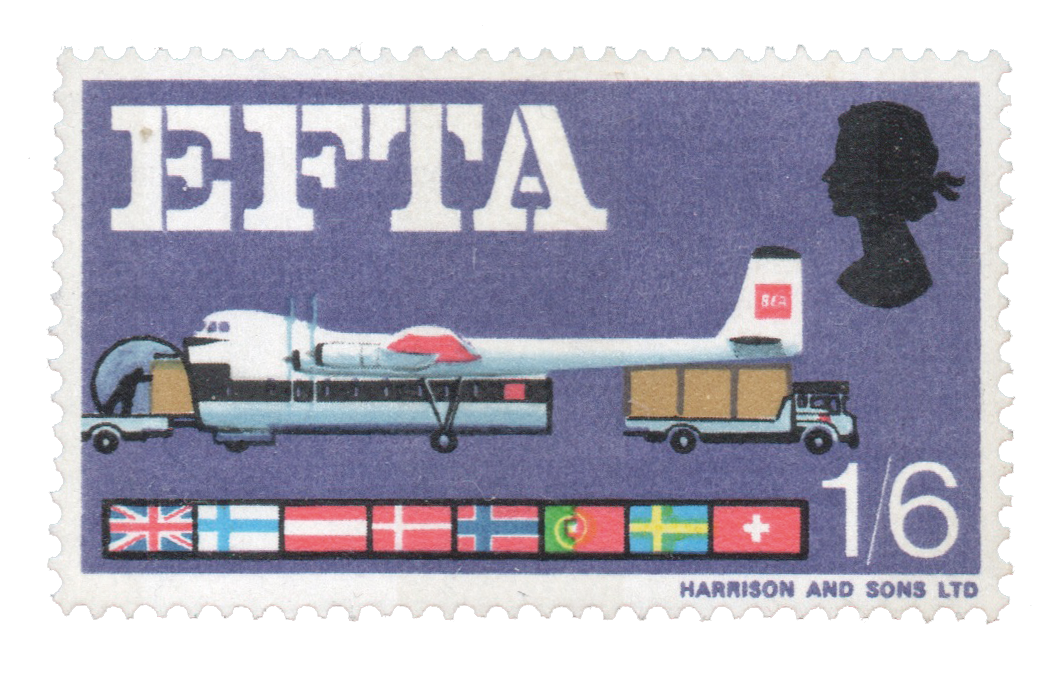
3 The Pictorial Approach
The dramatic change to the stamp world happened in 1963. With the introduction of the pictorial designs, finally!
For example, one of the first was the 3d National Nature Week stamp pictured below.
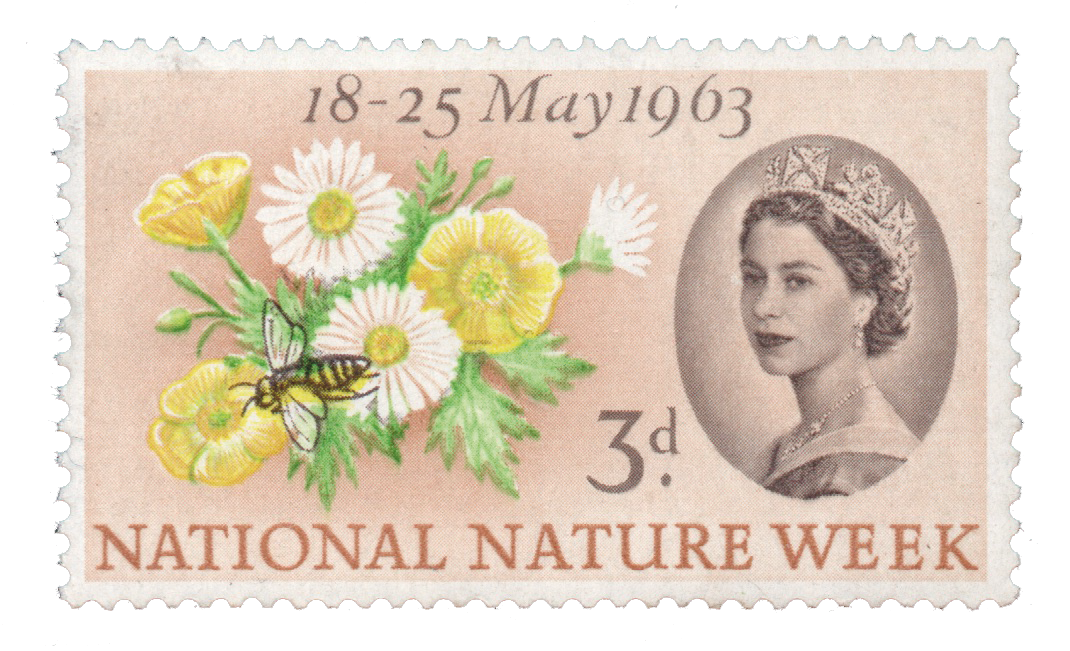
The following year was almost as fruitful. Starting with the Shakespeare Festival in April. This set was accompanied by a first day cover, new ‘first day of issue’ handstamps and a presentation pack.
4 Commemorative Stamps
Tony Benn became Postmaster General (PMG) in October 1964. In his short time as PMG, the stamp world witnessed significant changes. The PMG broadened the criteria for new stamps to celebrate events of national or international importance.
Benn's relationship with David Gentleman led them to explore new ideas. Such as se-tenant issues (joined together side by side as when printed), which were perhaps put to best effect with the Battle of Hastings set of 1966.
Subject matter that previously would never have been considered, such as Sir Winston Churchill, the Battle of Britain and Landscapes were marked by British stamps.
All the while there developed a growing gap between the ideas of the PMG and the traditional views of the Stamp Advisory Committee.
For example, the new approach was evident in the Landscapes set of 1966. As it was the first to use a silhouette portrait of the Queen.
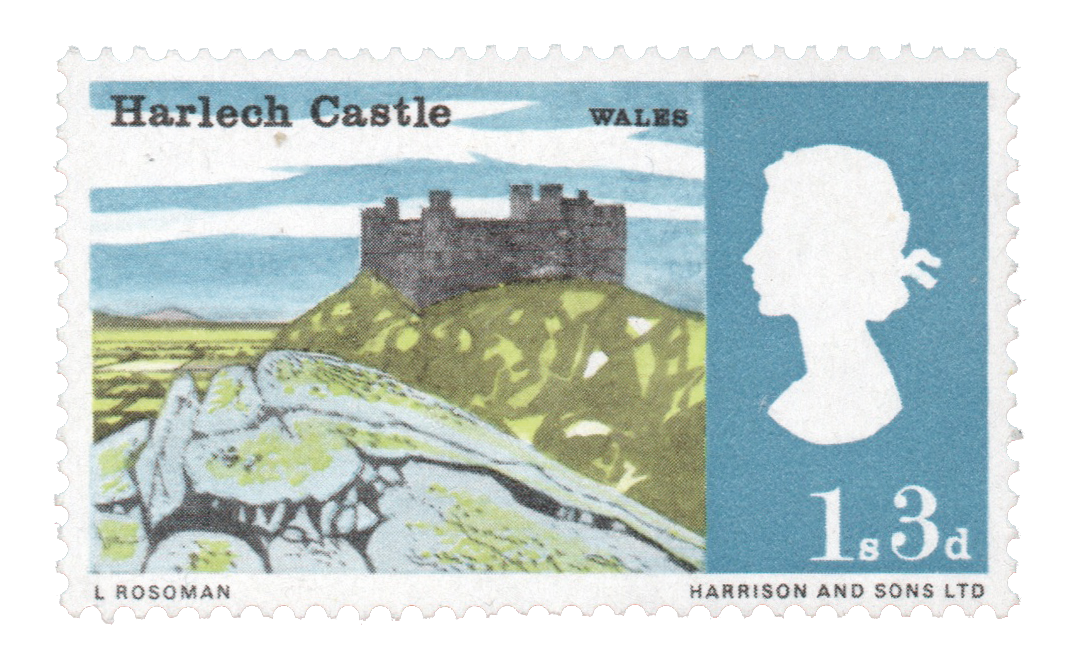
However, the total divorce would have to await Benn’s successor, Edward Short.
5 No longer Penny Stamps
Under Edward Short was when the British stamps hit the headlines the most. People rioted at Post Offices on 18 August 1966 when the 4d England Winners stamp went on sale for £1.
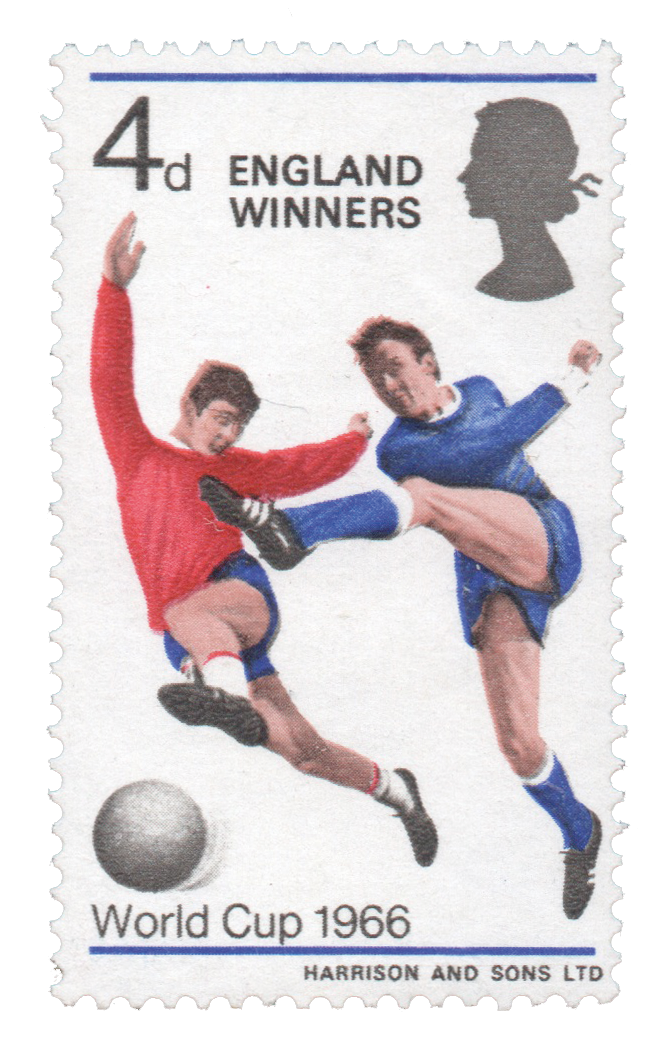
Forecasts at the time of it reaching £1 a stamp seem fanciful today. However, British stamp design would never be the same again.
To learn more about these stamps and a lot more, subscribe to Stamp Collector inc Coin today!







